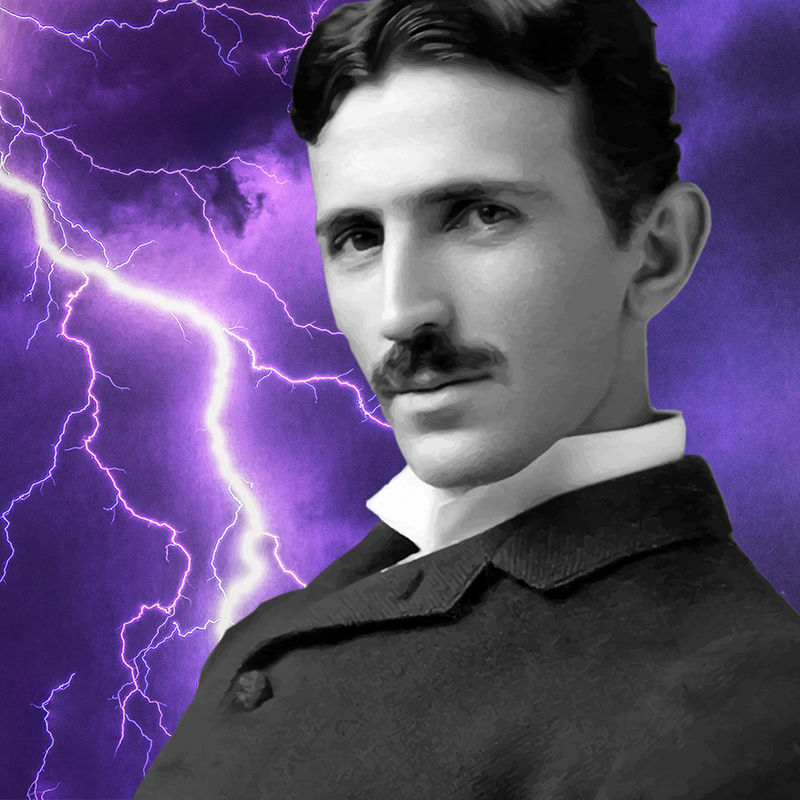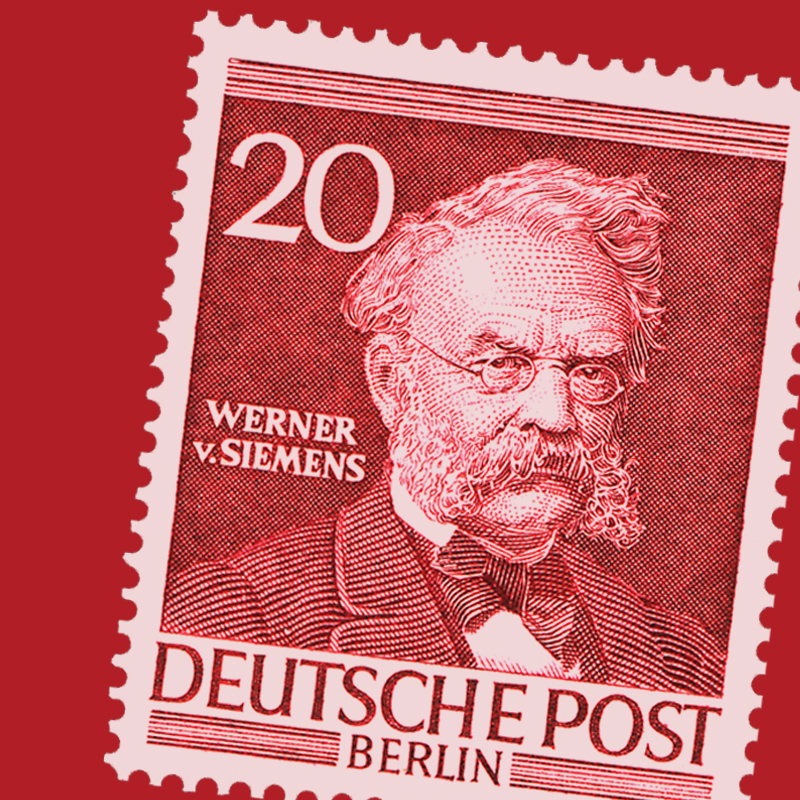One such pair of ingenious rivals in their field were the Americans David Sarnoff and Philo Farnsworth. Sarnoff was a successful businessman in the 1930s. As head of the powerful broadcasting corporation RCA, he was obsessed with the idea that television could change the world. He invested huge sums in his project. But he had not reckoned with Philo Farnsworth, a shrewd farmer’s boy who had been working on the development of the television since he was young and Sarnoff’s main rival for television patents. To get ahead of the resourceful engineer, Sarnoff invested $1 million a year: his station’s business policy was to monopolize the market by buying up all relevant patents, to later earn licenses to manufacture the devices. Farnsworth, however, wanted to capitalize on his invention himself. After a long trial, Farnsworth finally won, and the RCA had to settle for paying license fees.
Rivalry in aviation too
Aviation was another hard-fought industry, even in its pioneering phase. Glenn Curtiss and the brothers Wilbur and Orville Wright from the USA were great rivals in this field. The siblings had already completed flights with gliders in the early 20th century, as well as piloted flights with an aircraft powered by an engine. In 1906, pilot and entrepreneur Glenn Curtiss suggested the brothers use one of his engines in a Wright aircraft. Negotiations ensued, but the Wrights ultimately turned him down. Curtiss then set about fitting his engine into one of his own aircraft. This was followed by lengthy patent lawsuits, which took their toll on both sides.
Competition in electricity: Edison versus Tesla
In the field of electricity, Thomas Edison and Nikola Tesla are probably the best examples of rivalry: Thomas Edison is one of the most famous inventors in the world, known for innovations like the first microphone, the phonograph, and the light bulb – and for the principle of direct current (DC). Nikola Tesla challenged the inventor: he developed the alternating current (AC) system. And he secured an investor for his system, George Westinghouse. A major dispute arose between them and Thomas Edison, which would soon go down in history as the “War of the Currents”: while Edison claimed that high AC voltages were dangerous, Westinghouse and Tesla believed that the dangers were controllable and outweighed by the advantages. Edison did not succeed in technically proving the opposite. Even the company General Electric, which was founded with Edison’s support in 1892, opted for AC voltage to manufacture its products.
Image: PIRO4D – Pixabay







